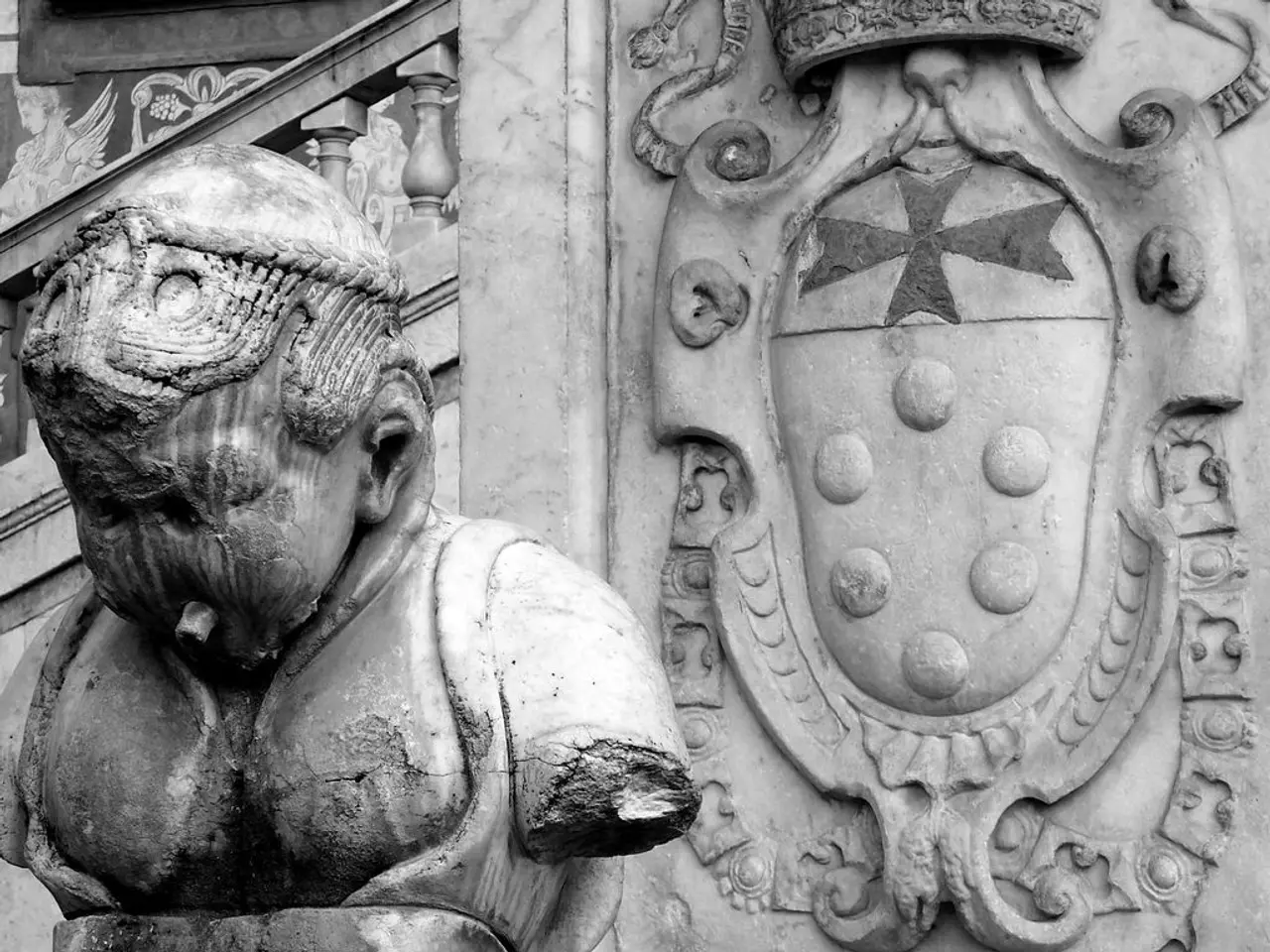Arts institutions catering to Black communities face an uncertain future due to funding cuts from the NEA.
Impact of NEA Funding Cuts on Black Art Institutions
The withdrawal of funding from the National Endowment for the Arts (NEA) under the Trump administration has had significant long-term impacts on Black art institutions. These institutions, which have historically relied on community, churches, mutual aids, self-financing, and political movements for funding, have faced abrupt budget shortfalls, program cancellations, and uncertainty about future funding stability.
Financial Instability and Program Disruptions
Many Black art and cultural institutions experienced sudden cuts or termination of NEA grants, which constituted substantial parts of their annual budgets. This financial instability has led to program postponements and cancellations, threatening the continuity and growth of Black cultural and community-focused arts programs that historically rely on such grants.
Heightened Uncertainty
The Trump administration’s messaging indicated a desire to eliminate the NEA and NEH, creating anxiety over the long-term viability of federal arts funding and forcing institutions to explore alternative funding sources. The heightened uncertainty has made it difficult for these institutions to plan for the future, leading to a state of limbo that hinders growth and recovery.
The Role of Major Museums
Major museums have approached Black art institutions for one-time programs, often for diversity visibility purposes, but lack long-term collaborations. The Billie, a Black art institution, has had limited collaborations with major museums like the Met, with the most recent being a conversation for the Met's fashion exhibition, "Superfine."
Advocacy and Future Funding
The Association of African American Museums (AAAM) is actively engaging with members of Congress, advocating for affected museums and cultural organizations. The NEA was the primary funding source for the Billie Holiday Theatre's Black Arts Initiative, and the New York State Council on the Arts offers general operating support, which can provide long-term sustainability to organizations.
The Need for Change
Amy Andrieux, director and chief curator of the Museum of Contemporary African Diasporan Art (MoCADA), stated that many art institutions are consistently under threat of shutting down or reducing programming. Coleman-Robinson believes there's an opportunity for community-serving institutions like the AAAM to lead a call for a national accountability framework regarding the equitable distribution of resources, ethical collaboration, and long-term investment.
Historical Struggles and Successes
Black art spaces have often struggled due to gentrification, financial precarity, and institutional neglect. Despite these challenges, Black artists have achieved local fame before receiving retrospectives at major museums, such as Kerry James Marshall and Noah Purifoy. Between 2000 and 2016, $233 million in NEA funding benefited all five boroughs of New York City, with significant allocation to spaces focused on Black, Latino, and working-class neighborhoods.
The Caribbean Cultural Center African Diaspora Institute (CCCADI)
The CCCADI prefers long-term, intentional, mission-aligned programming with equal distribution of resources, representation, and cultural capital. This approach aligns with the institution's belief that Black art is entangled with material conditions like racial capitalism and segregation, often excluded from white-dominated institutional spaces.
Legal Challenges
Federal judges have ruled some funding cuts unlawful, underscoring controversy and ongoing legal challenges over the administration’s approach to NEA and NEH funding. However, uncertainty for institutions remains, as these legal battles continue.
The Revocation of Grants
The revocation of Museum Hue's NEA grant means that they will no longer be eligible to renew or extend the grant in future cycles, cutting off a critical stream of institutional support for their programming. Similarly, the Billie Holiday Theatre was in the final year of their multiyear funding grant from the NEA and was given an expedited closeout to receive their final payment of $30,000 for its projects.
The Metropolitan Museum of Art
The Metropolitan Museum of Art's Costume Institute recently raised a historic $31 million at its annual Met Gala, while Black art institutions struggle with funding cuts and uncertainty. This stark contrast highlights the need for increased support and collaboration between major museums and Black art institutions to level the playing field and elevate the sector as a whole.
Conclusion
The long-term impacts on Black arts institutions include financial instability, disruptions in programming and community outreach, and heightened funding uncertainty, which collectively threaten the preservation and growth of Black cultural heritage and arts expression supported by NEA grants under prior funding regimes. It is crucial that advocacy efforts continue to push for equitable distribution of resources, ethical collaboration, and long-term investment in these vital institutions.
- The withdrawal of NEA funding has led to a state of financial instability for Black art institutions, causing program cancellations and postponements.
- As a result of the uncertainty surrounding federal arts funding, these institutions have been forced to explore alternative funding sources, leading to a state of limbo that hinders growth and recovery.
- The Metropolitan Museum of Art, for example, recently raised a historic $31 million at its annual Met Gala, while Black art institutions struggle with funding cuts and uncertainty, highlighting the need for increased support and collaboration between major museums and Black art institutions.
- The Billie Holiday Theatre, a Black art institution, was in the final year of their multiyear funding grant from the NEA and was given an expedited closeout to receive their final payment of $30,000 for its projects.
- The Association of African American Museums (AAAM) is actively engaging with members of Congress, advocating for affected museums and cultural organizations, pushing for equitable distribution of resources, ethical collaboration, and long-term investment in Black art institutions.




